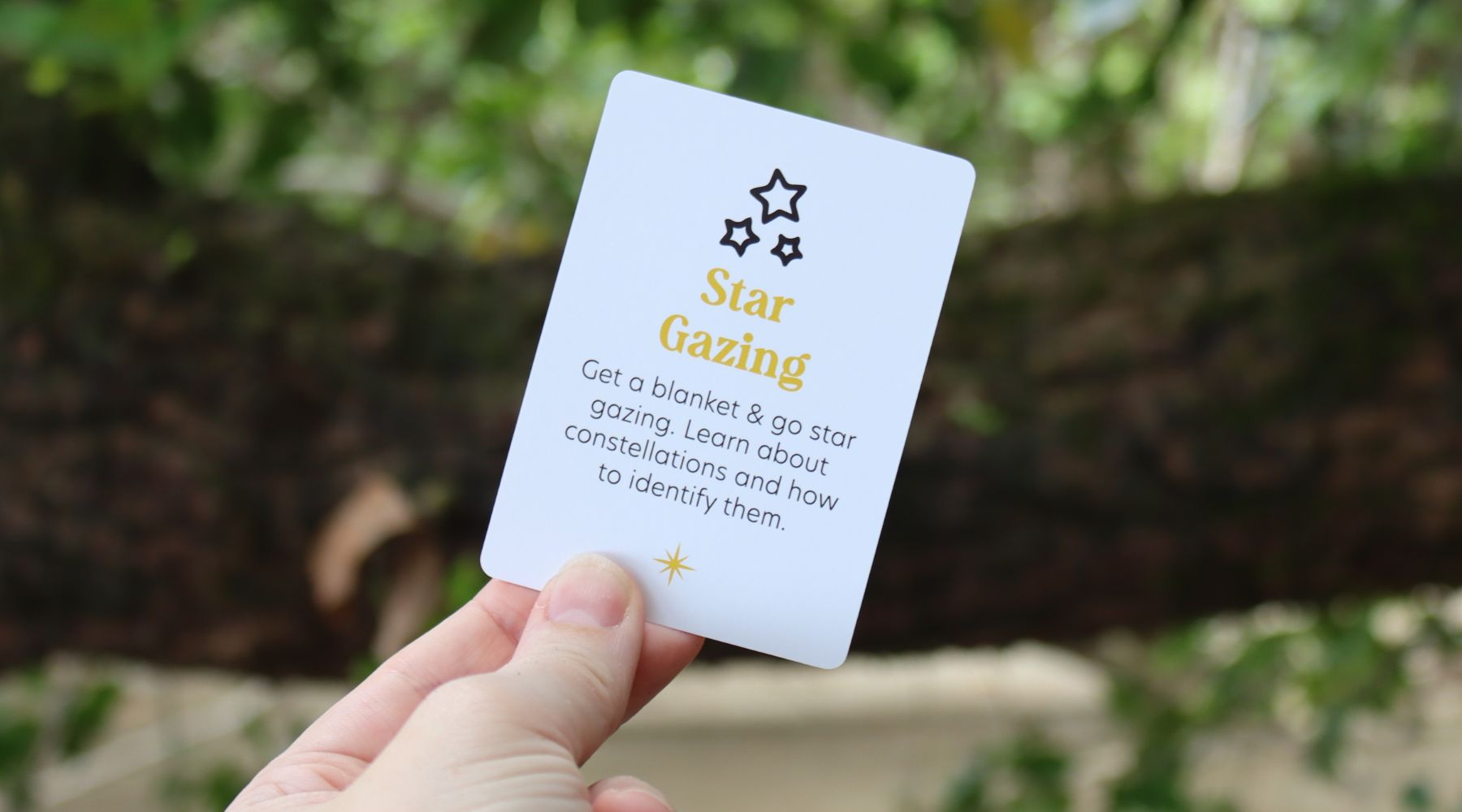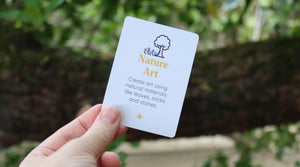There’s something magical about lying under the night sky and staring up at the stars. Star gazing not only connects us to the vastness of the universe but also helps us learn more about the constellations that have guided travellers for centuries. In this blog, we’ll show you how to enjoy a night of star gazing and teach you about some constellations and how to identify them.
What You’ll Need:
- A blanket or camping mat (something to lie on)
- A dark spot away from city lights (your backyard, a park, or the countryside)
- A star map or app (optional, to help identify constellations)
- A flashlight with a red filter (to preserve your night vision)
Step-by-Step Guide to Star Gazing
1. Find a Good Spot
The best place for star gazing is somewhere away from city lights, which can make it hard to see stars clearly. Head to a park, the beach, or the countryside for the best view. If you can’t get far from city lights, try to find a spot with as little light pollution as possible.
2. Bring a Blanket and Get Comfortable
Star gazing is all about relaxing and enjoying the view. Spread out your blanket, lie back, and let your eyes adjust to the dark. It can take about 20 minutes for your eyes to fully adjust to the night sky.
3. Start Spotting Constellations
Once your eyes have adjusted, look up and see if you can identify some constellations. If you’re new to stargazing, start with the brightest stars and largest constellations, which are easier to spot.
Common Constellations You Can See in Australia
1. The Southern Cross (Crux)
- How to spot it: The Southern Cross is one of the most famous constellations in the Southern Hemisphere. Look for a group of five stars forming a cross shape, with four bright stars making up the arms and a smaller star nearby.
- Fun fact: The Southern Cross appears on Australia’s national flag and has been used for navigation for centuries.
2. Orion
- How to spot it: Orion is a prominent constellation that can be seen all over the world. Look for Orion’s Belt, which consists of three bright stars in a straight line, forming the hunter’s "waist."
- Fun fact: Orion’s Belt is part of a larger constellation that represents the Greek myth of Orion, a great hunter.
3. Scorpius
- How to spot it: Scorpius is a large constellation that resembles a scorpion. Look for a long curving line of stars with a bright red star, Antares, in the middle, representing the scorpion’s heart.
- Fun fact: Scorpius is one of the oldest recognized constellations and can be seen during Australian winters.
4. Pleiades (The Seven Sisters)
- How to spot it: The Pleiades is a small cluster of bright stars that looks like a tiny dipper. Look for a group of seven stars close together in the night sky.
- Fun fact: The Pleiades have been part of mythology across many cultures, including Indigenous Australian stories about the Seven Sisters.
How to Use the Stars for Navigation
For thousands of years, people have used the stars to find their way. The Southern Cross, for example, can help you find south:
- Find the Southern Cross constellation in the sky.
- Draw an imaginary line through the long axis of the cross, extending it downward.
- Where this line meets the horizon points roughly to the south.
Star Gazing Tips
- Check the moon phase: Star gazing is best on nights when the moon is small or not visible, as a bright moon can wash out the stars.
- Use a red flashlight: A flashlight with a red filter will help you see your surroundings without disrupting your night vision.
- Bring a star map or app: If you’re new to star gazing, bring along a star map or use a stargazing app to help identify constellations. Some apps even show real-time positions of stars based on your location!
Fun Star Facts
- Did you know? The light from the stars takes years to reach Earth, meaning you’re looking at light that has travelled through space for a very long time!
- Interesting fact: There are billions of stars in our galaxy, the Milky Way, but only a few thousand are visible to the naked eye.
Wrapping Up Your Star Gazing Adventure
Star gazing is a peaceful and inspiring way to spend time outdoors. Whether you're learning about constellations, imagining myths of the stars, or simply enjoying the view, every night under the stars is a special experience.



